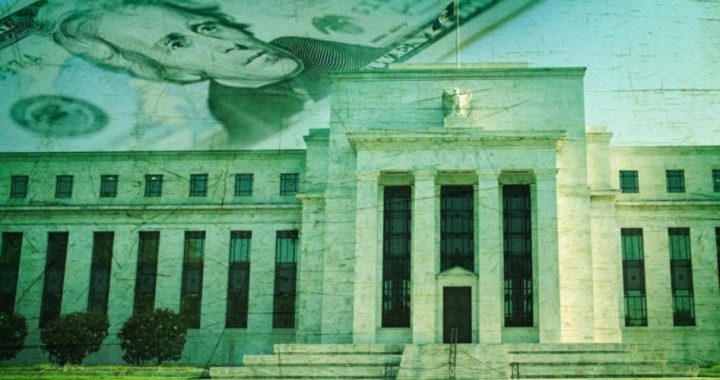
Podcast: Play in new window | Download ()
Subscribe: Android | RSS | More
President Donald Trump wants Jerome Powell, the chairman of the Federal Reserve, to cut the Fed Funds rate by a full percentage point Wednesday afternoon. Powell is certain to give him just one-quarter of that, with the possibility of more cuts soon.
The president has expressed regret repeatedly about his appointment of Powell as head of the country’s central bank, blaming him for raising rates four times last year, nine times since 2015, intentionally slowing his economy just as his reelection campaign is heating up.
The last time the Fed cut rates was in late 2008 when the central bank dropped rates to near zero in hopes they would stimulate the moribund post-real-estate-crash economy back to life. It took Trump’s Tax Cut and Jobs Act, combined with regulatory relief, to stir the economy. Powell’s concerns about incipient inflation caused him to raise rates in anticipation.
But with inflation low, the global economy slowing, and pressure from the White House, Powell is likely to open the door for more rate cuts later on this year. He may also terminate the Fed’s “balance sheet roll-off” earlier than scheduled. That effort to reduce the Fed’s holding of nearly $4 trillion in U.S. treasuries is sucking $50 billion out of the economy every month which Trump has accurately called “quantitative tightening.”
Anticipation has already affected long-term mortgage rates, which have dropped from 4.94 percent last November to 3.75 percent last week. This saves a homeowner more than $250 a month on a $250,000 30-year mortgage.
A quarter-point cut on a $5,000 credit card balance would lower the minimum monthly payment by $1 a month, while on a $30,000 home equity loan (HELOC or home equity line of credit) it would save the borrower a little over $6 a month.
Those holding a $200,000 adjustable-rate mortgage would see their monthly payment drop by $56 while those shopping for a new car would save $3 a month on a $25,000 loan. Those holding federal student loans would not be impacted as those rates are fixed by Congress and are not affected by any move Powell might make. In other words, the rate cut will have little immediate impact on the U.S. economy.
The real impact will be on how Powell juggles future rate cuts. Market watchers will be paying close attention to his statement Wednesday afternoon at 2:30 p.m. for clues about giving the president more of what he is demanding. The chairman will be expressing concerns over trade talk uncertainty, slowing business investment, and sluggish growth worldwide. He is likely to generalize about the problems facing Germany, where growth has slowed to a virtual standstill, and China, where government figures have clouded that economy’s real economic performance. He is likely to use phrases like “watching closely” and “carefully measuring” and “being sensitive” to further slowing globally.
He will most certainly say nothing about threats by the president to fire him if he doesn’t give him what he wants. He already answered that question back on July 10 when Maxine Waters (D-Calif.) asked him during a House Financial Services Committee hearing whether he would “pack up his stuff and go” if the president asked him to. Said Powell: “Of course, I would not do that,” adding, “The law gives me a four-year term and I fully intend to serve it.”
Short of being fired then, the next best thing Powell can do is to give the president what he wants — on the installment plan.
Image of Federal Reserve: Willard / iStock / Getty Images Plus
Related article:
China Reports Its Economy Growing at Slowest Pace Since 1992



